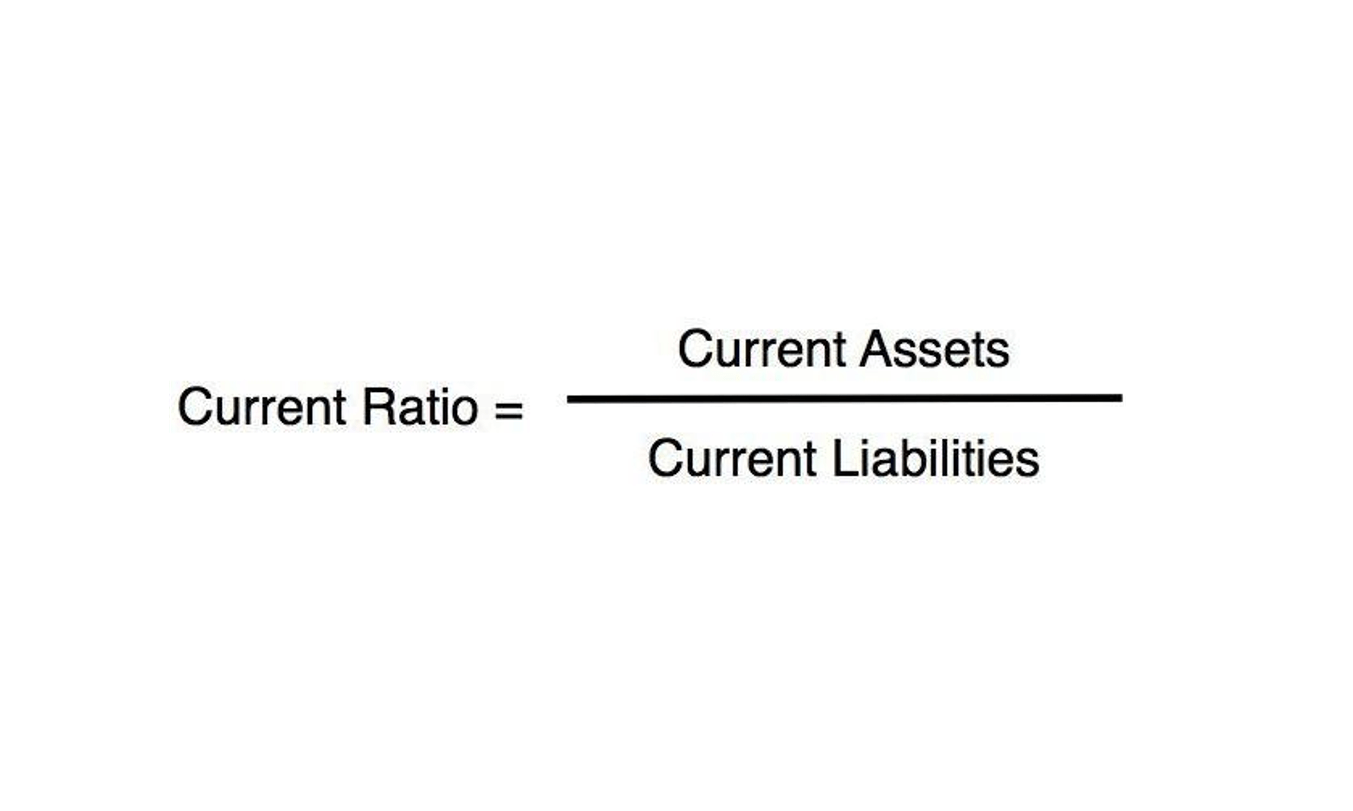
In the same example, the service revenue account was credited by recording the amount of the sale on the account’s right recording transactions in a journal side, resulting to an increase in the balance of the account. Debit, which is abbreviated as Dr, refers to the left side of an account. In the example, the cash account was debited by recording the amount of the sale on the account’s left side, resulting to an increase in the balance of the account. Understanding how a nominal account works while entering journal entries will help you understand your gains or losses. This account is related to incomes, gains, losses and expenses. For all expenses and losses, you need to debit the amount, and for all gains and income, credit the amount.

Slavery Statement

In Journal and ledgers, the accountant Accounting Security manually adds the debit and the credit for each transaction. Instead, automated approaches such as accounting software like Tally are used to record simple transactions. In the journal entry, Utility Expense has a debit balance of $300. This is posted to the Utility Expense T-account on the debit side. You will notice that the transactions from January 3 and January 9 are listed already in this T-account.
- There are several types of accounting transactions for business, but luckily for freelancers, there are a few main types of accounting transactions you’ll want to master.
- Below are the journal entries for each transaction during March 2023 and how they are recorded in the general journal.
- To record a payment as a journal entry, you note a debit to your accounts payable, showing your debt has decreased.
- It’s crucial to remember that every transaction must have an equal amount on both sides, ensuring that the accounting equation stays balanced.
- On 31 May 2018, ABC Co. paid $3,500 in cash to its landlord for the next month’s rent (for June rental).
A guide to inventory accounting
However, as mentioned earlier, being familiar with the manual processes of accounting is the best way to learn and appreciate it. That’s why we’re going to start with recording transactions using the accounting journal. On the other hand, Credit, which is abbreviated as Cr, refers to the right side of an account.
- Let’s look at the journal entries for Printing Plus and posteach of those entries to their respective T-accounts.
- The following are selected journal entries from Printing Plus that affect the Cash account.
- It ensures that your financial statements reflect the true state of your business, giving you an accurate representation of its profitability, liquidity, and stability.
- Since this figure is on the credit side, this $300is subtracted from the previous balance of $24,000 to get a newbalance of $23,700.
- In this case, the balance for cash/bank (debit balance) increases due to the inflow of income, and the balance for deferred revenue (credit balance) i.e. liability increases.
- Some businesses get fancy and keep specialized journals—like sales or purchase journals—that only record specific types of transactions.
- A summary showing the T-accounts for Printing Plus is presented in Figure 3.10.
Closing entries
This accounting method is online bookkeeping based on the principle that every transaction has an equal and opposite effect on your asset and liability accounts. The rule specifies that any real account which comes into business is debited and any real account which goes outside the business is credited. Modern Rules of Accounting – In the very same example the modern rule applied will be for Asset accounts i.e. “Debit” the increase in assets and “Credit” the decrease in assets.

When it comes to revenue, a credit entry increases your sales or income accounts, while a debit entry decreases them. Debit entries increase your expense accounts, reflecting money spent on operating costs, supplies, or salaries. There are different types of journal entries that serve different purposes.
- Larger grocery chains might have multiple deliveries a week, and multiple entries for purchases from a variety of vendors on their accounts payable weekly.
- Usually, you’ll write the year at the top and then just note the month and day for each entry.
- This reset allows you to start again with those temporary accounts for all your transactions in the next tax period.
- The Subtotal row gives you details about the subtotals for your debits and credits.
- To overcome these entire limitations multi-column cash receipts journal is required.
- He has worked as an accountant and consultant for more than 25 years and has built financial models for all types of industries.
